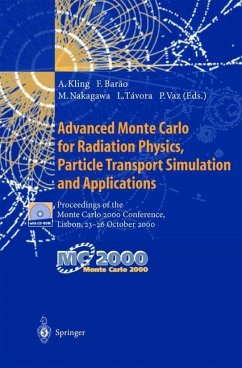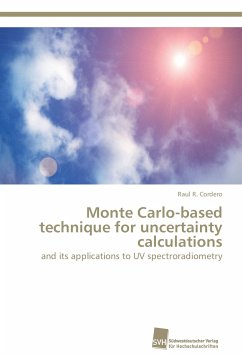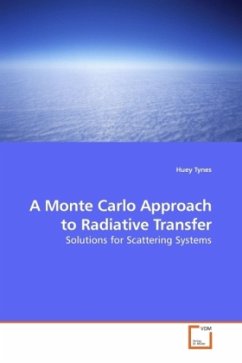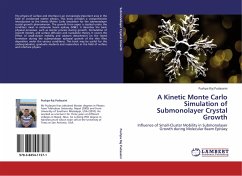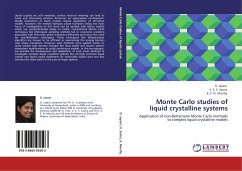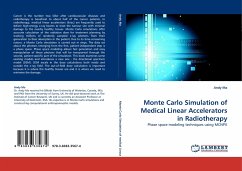
Monte Carlo Simulation of Medical Linear Accelerators in Radiotherapy
Phase space modeling techniques using MCNPX
Versandkostenfrei!
Versandfertig in 6-10 Tagen
52,99 €
inkl. MwSt.

PAYBACK Punkte
26 °P sammeln!
Cancer is the number two killer after cardiovascular diseases and radiotherapy is beneficial to about half of the cancer patients. In radiotherapy, medical linear accelerators (linac) are frequently used to deliver high-energy x-ray beams to treat the tumour site with minimal damage to the nearby healthy tissues. Monte Carlo simulations offer accurate calculation of the radiation dose for treatment planning by tracking millions of randomly sampled x-ray photons from their generation to their absorption in the patient. Due to its time-consuming nature, a Monte Carlo simulation is carried out in...
Cancer is the number two killer after cardiovascular diseases and radiotherapy is beneficial to about half of the cancer patients. In radiotherapy, medical linear accelerators (linac) are frequently used to deliver high-energy x-ray beams to treat the tumour site with minimal damage to the nearby healthy tissues. Monte Carlo simulations offer accurate calculation of the radiation dose for treatment planning by tracking millions of randomly sampled x-ray photons from their generation to their absorption in the patient. Due to its time-consuming nature, a Monte Carlo simulation is carried out in steps. The data set about the photons emerging from the first, patient-independent step is a phase space. Phase space modeling allows fast generation and easy manipulation of those photons that will be transported through the second, patient-specific part of the simulation. This book examines some existing models and introduces a new one - the directional spectrum model (DSM). DSM excels inthe dose calculations both inside and outside the x-ray field. The out-of-field dose calculation is important because it is where the healthy tissues are and it is where we need to minimise the damage.





